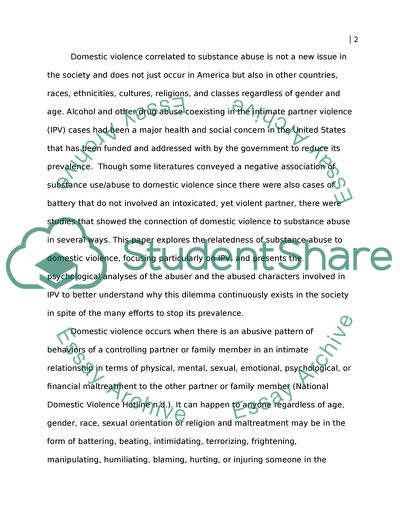Cite this document
(Substance Abuse and Domestic Violence Essay Example | Topics and Well Written Essays - 1250 words, n.d.)
Substance Abuse and Domestic Violence Essay Example | Topics and Well Written Essays - 1250 words. https://studentshare.org/psychology/1754326-substance-abuse-and-domestic-violence
Substance Abuse and Domestic Violence Essay Example | Topics and Well Written Essays - 1250 words. https://studentshare.org/psychology/1754326-substance-abuse-and-domestic-violence
(Substance Abuse and Domestic Violence Essay Example | Topics and Well Written Essays - 1250 Words)
Substance Abuse and Domestic Violence Essay Example | Topics and Well Written Essays - 1250 Words. https://studentshare.org/psychology/1754326-substance-abuse-and-domestic-violence.
Substance Abuse and Domestic Violence Essay Example | Topics and Well Written Essays - 1250 Words. https://studentshare.org/psychology/1754326-substance-abuse-and-domestic-violence.
“Substance Abuse and Domestic Violence Essay Example | Topics and Well Written Essays - 1250 Words”. https://studentshare.org/psychology/1754326-substance-abuse-and-domestic-violence.


